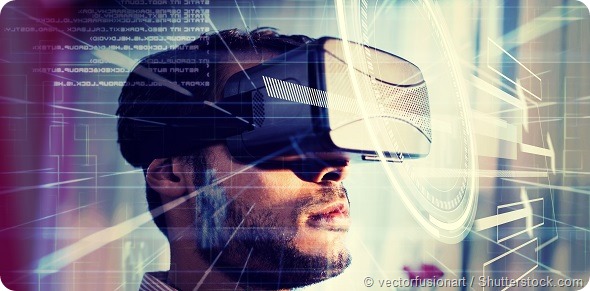Eight people with long-term paralysis from spinal cord injuries have regained some motor control after learning to control their own brain activity.

For many years it has been known that, with training, individuals can harness their brain power to make robotic limbs move. Brain-machine interfaces are non-invasive systems that translate hundreds of simultaneous signals from neurons in the brain into movement.
Scientists at Duke University have shown for the first time that long-term training with brain-machine interfaces can lead to partial neurological recovery.
The study aimed to improve prosthetics and brain-controlled devices for the severely disabled patients. There was no expectation for improvements in sensorimotor and visceral functions to be achieved.
Eight patients who had suffered paralysis for at least 1 year as a result of spinal injury spent two hours a week controlling devices with their brain signals.
They first learnt how to operate their own avatar, or digital likeness, in a virtual reality environment. Their brain activity was recorded and transmitted through non-invasive electrodes in fitted caps.
After a year of such training, patients and doctors alike were amazed to find that some sensation and muscle control had been restored.
Most patients saw improvements in their bladder control and bowel function, meaning they were not dependent on catheters and laxatives and consequently had a lower risk of infection.
In four cases the improvement was so marked that their doctors now deemed them to have partial, rather than complete paralysis.
One participant who had been paralysed for 13 years at the time of the trial became able to move her limbs voluntarily and walked (in a brace using a walker ) for the first time since the accident.
We couldn’t have predicted this surprising clinical outcome when we began the project...What we’re showing in this paper is that patients who used a brain-machine interface for a long period of time experienced improvements in motor behaviour, tactile sensations and visceral functions below the level of the spinal cord injury.”
Miguel Nicolelis, co-director of the Duke Center for Neuroengineering.
After nerves are severed through trauma causing paralysis, some spinal nerves are left intact but become dormant when they stop receiving signals.
It is thought that the regular training with brain-machine interfaces re-engaged these surviving spinal cord nerves. Even if only a few nerve fibres remain, they may be sufficient to transmit signals from the brain to the spinal cord.